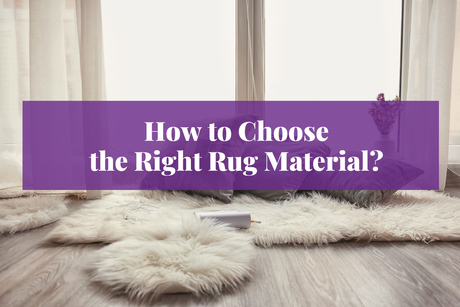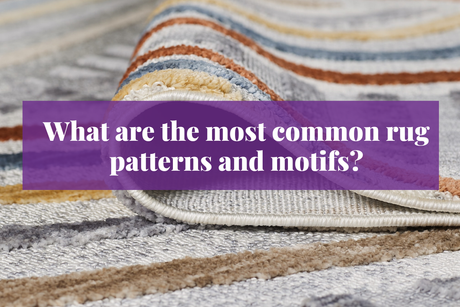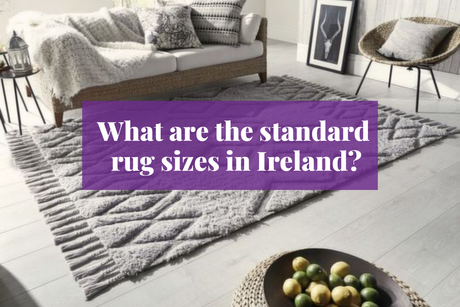The history of rugs is a vivid chronicle of human expression and cultural interconnection. From the intricate weaves of Persian masterpieces to the bold geometric patterns of Anatolian mats, each piece carries the whispers of the past, telling tales of ancient civilisations, their artistry, and their way of life.
As these timeless textiles find their places in our homes today, they continue to enchant and inspire, blending historical significance with contemporary style.
This enduring fascination with the history of rugs underscores their role not just as decorative elements but as enduring symbols of cultural heritage and artistic endeavour that bridge generations and geographies.
Ready to learn everything there is to know about rugs? Discover the perfect rug for your space with our ultimate guide to choosing rugs for your home. Explore styles, materials, and placement tips to elevate your decor. Start your journey to finding your ideal rug today! You can also shop our collection of rugs here.




